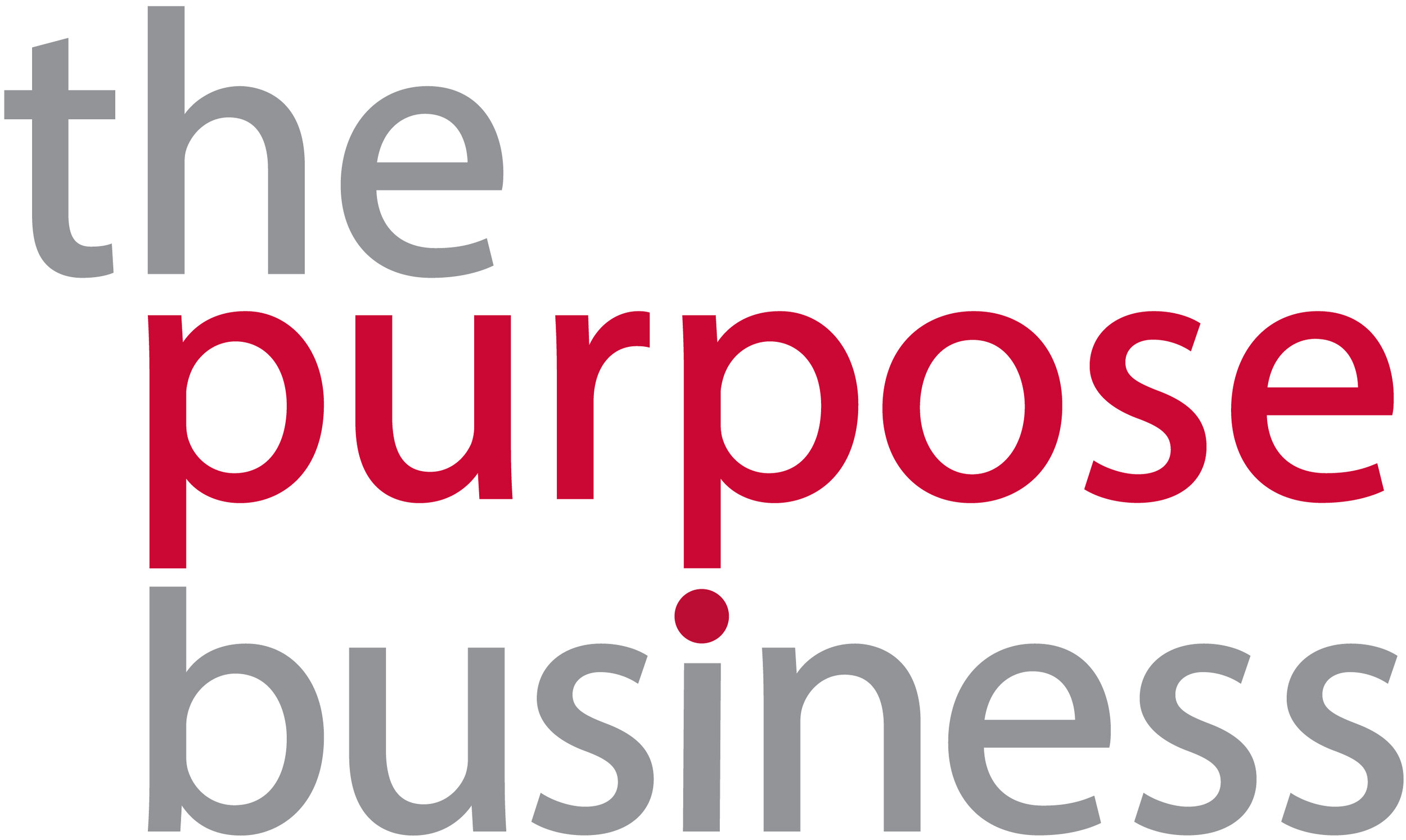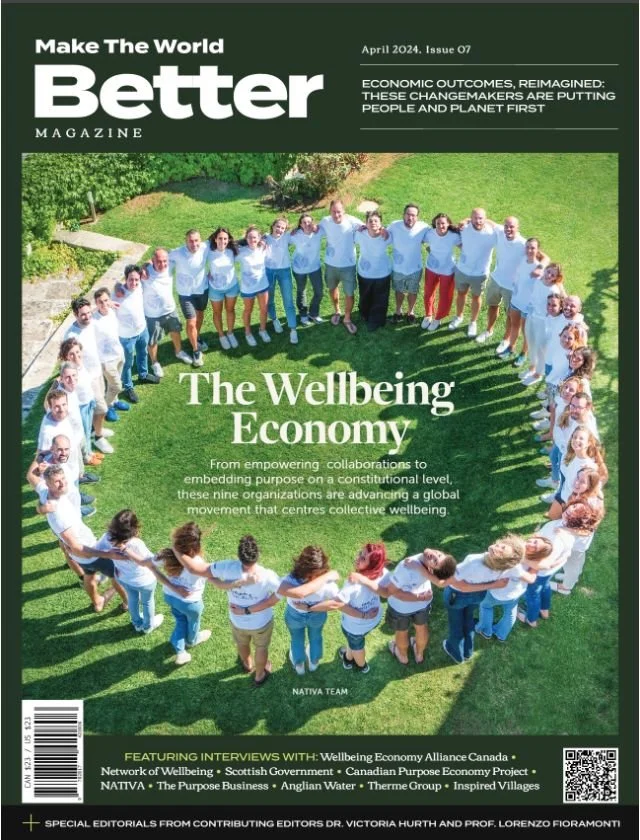What the Philippines’ New EPR Law Means for Companies
The Philippines’ New EPR Law and What it Means for Companies
The Philippines is inundated with plastic waste, generating millions of tons on an annual basis. Local Government Units (LGUs) have long advocated for solutions. Their call was answered in 2022 through the introduction of an Extended Producer Responsibility (EPR) Law. TPB advisors, Martha Fernandez and Yoly Javellana had the opportunity to speak with Atty Zoilo Andin, former Executive Director of the National Solid Waste Management Commission (NSWMC) and a contributing author to the law’s implementation guidance, about the new regulation and its implications for companies.
What Changes Under the Law
Historically companies have only been responsible for managing environmental impacts incurred through the production of their goods and services. That’s changing. Under the Philippines’ new EPR law, some companies will have to manage the full lifecycle of products that generate plastic packaging waste. Andin says the law comes at a critical time – and helps to address the country’s burgeoning volume of low-value plastic and non-recyclables.
According to Andin, the legislation sends a clear signal to companies on the need to reduce plastic waste and to redesign products and packaging in an eco-efficient manner. He’s hopeful that it will displace the “tingi-tingi” system, under which products are individually sold in disposable wrappers, by promoting more sustainable systems like product refilling. Andin is also cautiously optimistic that the law will positively impact consumer behaviour, as products that generate plastic packaging waste may now include proper disposal and retrieval methods on their labels in order to better meet EPR requirements.
Who is impacted?
Under the new EPR law, brand owners, product manufacturers, and importers with assets of more than P100 Million are required to establish or phase-in EPR programmes for the plastic packaging waste generated by their products. Products covered include single or multi-layered plastics such as sachets, labels, laminates and shampoo bottles and rigid plastic packaging products, like food and drink containers, bottles, cutlery, single-use plastic bags, take out containers and polystyrene.
The vast majority of Micro, Small and Medium Enterprises (MSMEs) are not required to comply with the law. However, MSMEs that carry the same brand, label or trademark, with a total asset value that exceeds P100 Million, are covered by the law. Andin notes that despite the current lack of legal incentives, MSMEs are strongly encouraged to put EPR practices into place as Congress will very likely consider phasing in mandatory EPR for MSMEs in the next few years. EPR implementation takes time and often requires coordination across stakeholders– those who act early will be better positioned to comply with the law when it is expanded.
The Law’s Approach
The law was drafted with efficacy and staying power in mind, says Andin. He describes it as “customised” for the country -- and emphasises that the law focuses on what’s urgent and realistic in the near-term, by starting with plastic packaging waste generated by large companies. The law calls for compliance targets to be gradually phased in, over a five-year period. Andin is confident that by allowing for a phased-in approach, the law compels companies to act while still giving them time to prepare. He says companies should anticipate more comprehensive legislation in the future. “If this were a movie, the coming attractions would be EPR for paper, cartons and other packaging materials.”
How Companies Can Prepare
Andin advises companies to prepare for the new EPR law by undertaking the following actions:
Conduct a plastic footprint assessment to establish a baseline for recovery targets.
Develop a plan to recover plastic packaging waste and submit targets to the National Ecology Center (NEC) or the Environmental Management Bureau (EMB) for approval.
Establish an EPR program that outlines specific actions to recover and properly manage plastic packaging waste. The program should include initiatives such as collection points, waste clean-up activities, recycling partnerships, and other waste diversion or disposal measures as defined by the law.
Register with the NEC or EMB to demonstrate your compliance and commitment to fulfilling your EPR obligations.
Join a Packaging Recovery Organization (PRO) to help navigate EPR challenges. These organisations facilitate the collection, recycling, and/or proper disposal of plastic packaging waste and can help to ensure compliance with the law.
Engage an independent third-party auditor to certify the accuracy of your reported plastic product footprint and your compliance with EPR targets. This certification validates the veracity of your efforts and enhances transparency.
Regularly review and update recovery targets based on company progress and changing circumstances.
Stay informed. Keep up to date with the law’s latest guidelines and regulations and plastic waste reduction best practices.
Engage and collaborate with other companies, NGOs, government agencies, and industry associations to share EPR knowledge, experiences, and resources.






